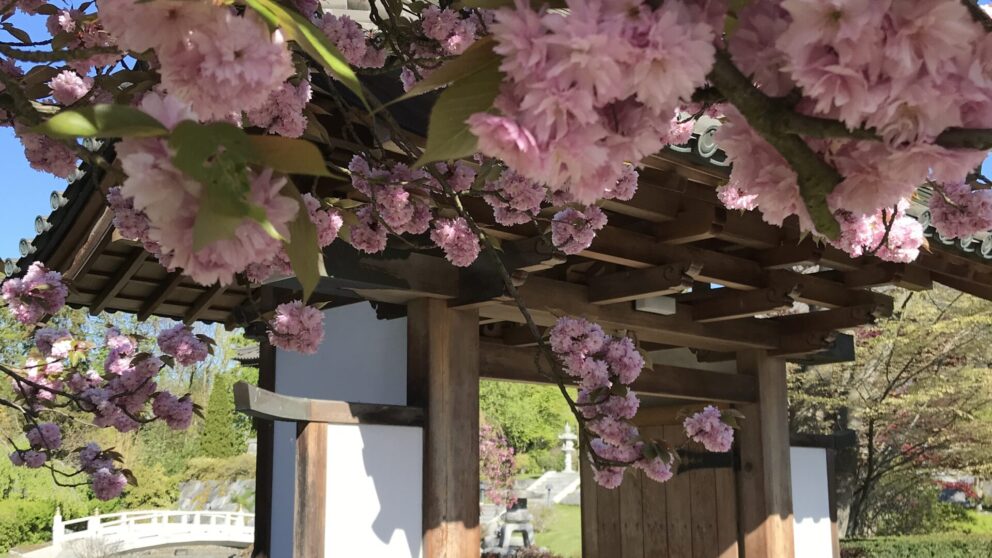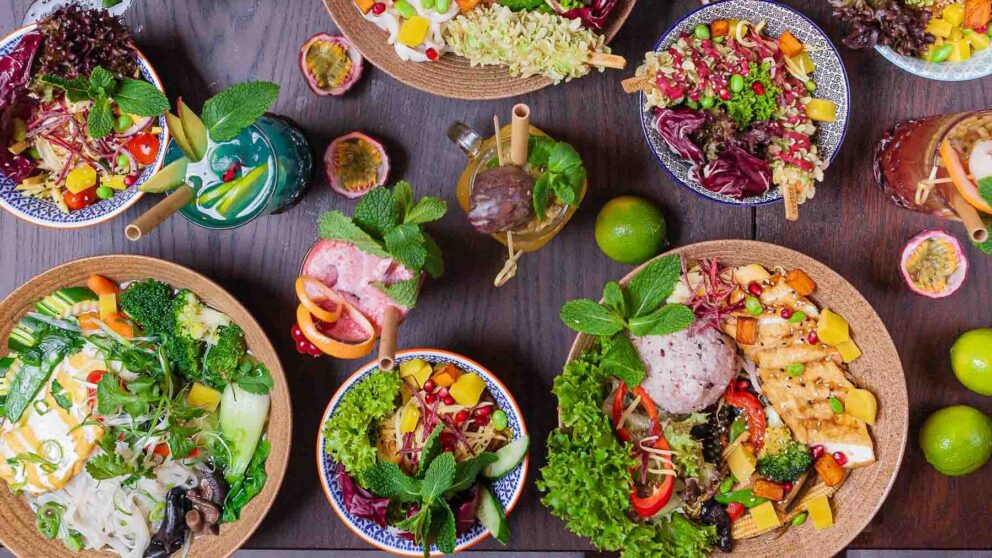
Six things you can discover in the Malkastenpark
Six things you can discover in the Malkastenpark
Come with us to Düsseldorf's enchanted private park
To find it, you have to know that it exists. The Malkastenpark is a gem in the middle of the city, not far from Schadowstrasse. The inconspicuous entrance to the park is to the left of the main building, in front of which the sculpture "Man without a Face" by Thomas Schütte currently stands guard. In the park itself, you can discover other works of art in addition to historic garden structures.
About the park
The park, located in Pempelfort, originates from the private garden of the Jacobi merchant family, which was laid out in the 18th century. They had their country estate outside the gates of the city - at that time Pempelfort did not yet belong to Düsseldorf. In 1861, the artists' association Malkasten acquired the grounds along with the buildings on them. For a small fee, the park is open to everyone. The permanently installed works of art are supplemented by changing exhibitions.


Famous visitor
The idyll of the Malkastenpark, which was called Jacobigarten until 1861, already fascinated Goethe. Twice he was a guest of the Jacobi family to quote from his latest works. Afterwards, he wrote in a letter to Friedrich Jacobi that he envied him his "house, yard and Pempelfort". At the back of the park you will come across a bust of Goethe made by Gustav Rutz, which forms a memorial ensemble with a beech tree and a bench.


Witness
Almost inconspicuously, you can make out a column in the lush greenery that looks back on an important history. It comes from the old Tonhalle, which was located on the site of today's Karstadt building until its destruction in World War II. The artists' association Malkasten celebrated its famous masked ball here, among other things. On the initiative of architect Helmut Hentrich, one of the columns was erected as a reminder of the numerous celebrations near the Düssel.

Jacobi House
In the 18th century, the house of the Jacobi family was a well-known meeting place for poets, thinkers and philosophers such as Alexander Humboldt, Johann G. Herder or Christoph M. Wieland. Currently it is the clubhouse of the artists' association Malkasten. In addition to changing exhibitions, lectures and discussions, the premises offer artists and art lovers the opportunity to meet and exchange ideas.


Johanna "Mother" Ey
A place of art without Mother Ey? Not in Düsseldorf! Her biography is Hollywood-worthy: drama, love, success and adverse circumstances characterize the life of this gallery owner, who was the most painted woman in the world in the 1920s. Her friends included famous artists such as Max Ernst, Otto Pankok and Otto Dix. In Düsseldorf, Mother Ey left numerous traces, such as the sculpture made by Gerda Kratz in the Malkastenpark.

Restaurant Lido
The restaurant and bar are located in the Hentrichbau, which, like the park behind it, belongs to the artists' association. So what could be more natural than to have the interior designed by a famous artist? Rosemarie Trockel has made the rooms into a special place with a lot of desire for color. And as a little tip: From the terrace of the restaurant you not only have a wonderful view of the park, but you can also visit it from there for free.




More about: Six sculptures and their story
Photos: Düsseldorf Tourism




